10 day trips in Madrid (Part I)

We propose 10 plans to escape from the busy capital city. Where do you want to escape to this weekend?
The Community of Madrid has much more to offer than the big city; mountain villages, routes between mountains, medieval castles and much more. So we offer you several routes, at least 2 villages, to spend the day in less than 2 hours from Madrid.
In this first part we will start with the northern destinations, where we will discover some of the most bucolic destinations, the black villages, or the highest peak of the community, and we will go down to the east, passing through the city of Cervantes or an industrial village of the early eighteenth century, until we reach the south of Madrid.
1. RASCAFRÍA AND PEÑALARA
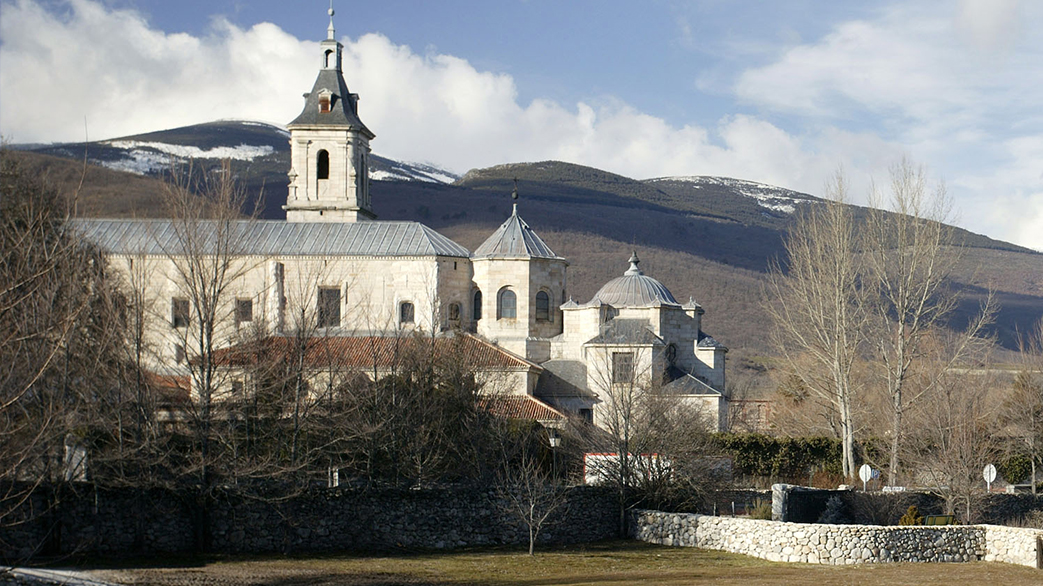
The A1 highway, towards the Sierra Norte de Madrid, will take us in an hour and a half to a very bucolic getaway, Rascafría.
If what you want is to forget for a day of the stressful capital and breathe real fresh air this is your perfect getaway. This small town is nestled in the Sierra de Guadarrama, and its main attraction is its spectacular nature. There are many routes to enjoy it, with different levels depending on your desire and preparation. A leisurely stroll can be the route to the dams, crossing the Finnish Forest.
Pico de Peñalara, the highest point of the Sierra de Guadarrama.
If you feel like spending a little more energy, we recommend the route to the Purgatorio waterfall, especially recommended in spring, or the Carro del Diablo, if you want to see the impressive rock formations.
And if you are one of the most adventurous and daring you can not leave Rascafría without climbing the Peñalara Peak, the highest point of the Sierra de Guadarrama. But if on the way you regret it, you can always visit the Laguna Grande de Peñalara or the Laguna de los Pájaros.
After the hike we can take a leisurely stroll to get to know the village of Rascafría. Among the traditional stone architecture, highlights the neo-Mudejar style town hall or the Church of San Andrés Apóstol. But its most outstanding monument is the Monastery of El Paular, founded in 1390, and today some monks still live there. They are the ones who will guide you inside while they tell you the fascinating history of this complex.
2. BUITRAGO DE LOZOYA, HORCAJUELO DE LA SIERRA, PUEBLA DE LA SIERRA AND LA HIRUELA
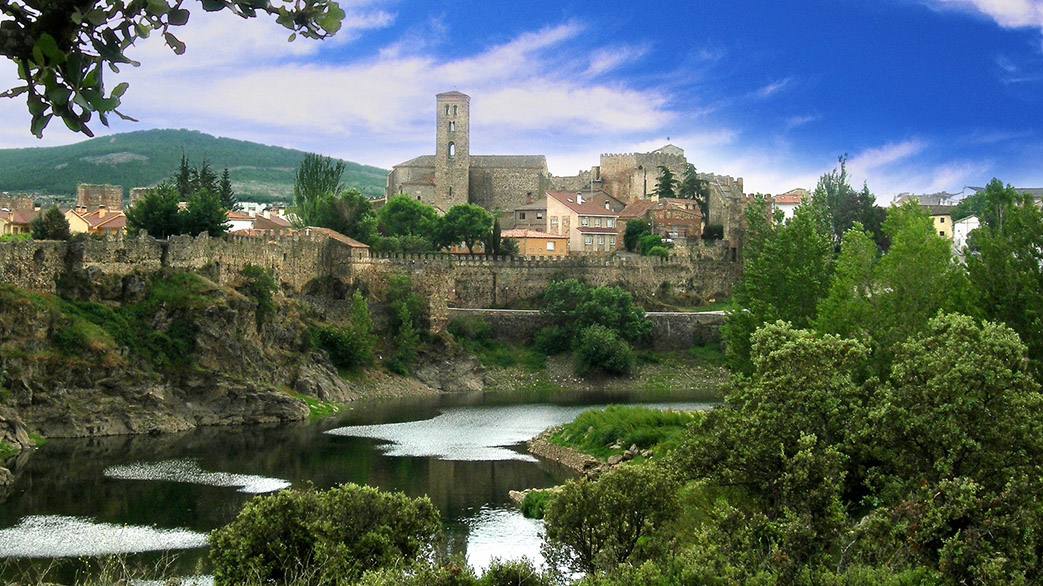
75 km north of Madrid, taking the A1 highway, we find Buitrago de Lozoya. A town especially known for its wall, of Arab origin, which can be visited almost in its entirety. Among the towers of the wall is the Clock Tower, which stands out in height and divides the wall into two sectors. And the best known of the village is its spectacular castle, dating from the fifteenth century, and stands out over the Lozoya River.
To eat we can recommend Asador las Murallas, where if you go during the week you can order a traditional menu of the day. If you want a good spoon dish you can go to El Espolon.
After lunch, just finished the coffee, we recommend a route through the black villages of Madrid in Sierra del Rincón. We have to know that to enter this place we have to get access online www.sierradelrincon.org or face to face Information Center Biosphere Reserve Sierra del Rincon located in Calle Real 64 Montajo de la Sierra.
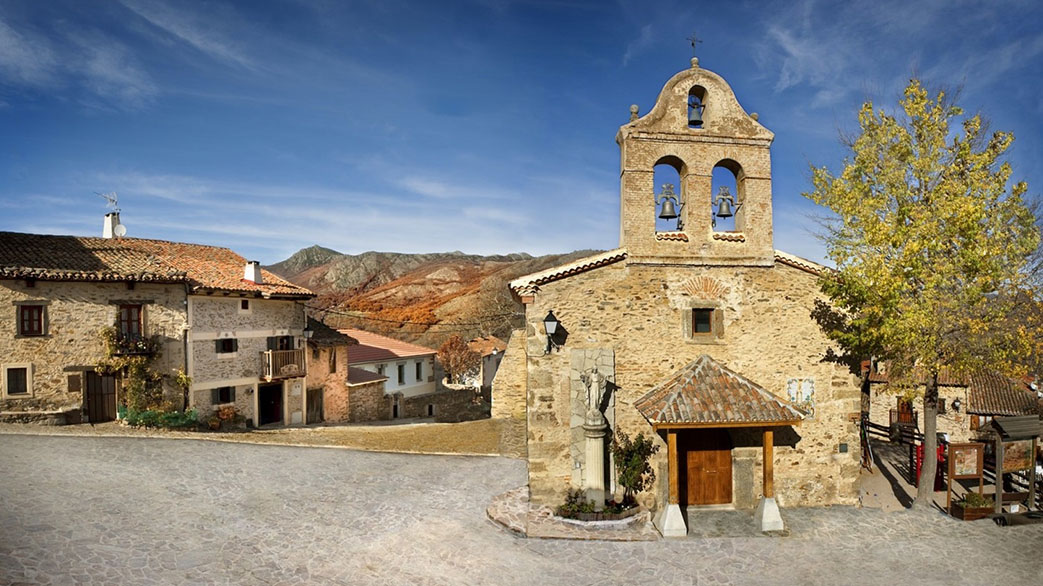
First we headed to the farthest, Puebla de la Sierra, 40 minutes from Buitrago. We can say that you arrive at the “end of Madrid”, beyond you will only find nature. After this charming village we go back to La Hiruela, where our most bucolic side can emerge. It is also the best example of black architecture, in an admirable state of preservation. The next village, if you have not already gone for the tickets, will be Montejo de la Sierra, where traditional buildings are mixed with some more modern ones. Finally, Horcajuelo de la Sierra, where we can take a quiet walk admiring its stone houses and enjoying the calm before returning to take the car to head back to Madrid.
3. PATONES DE ARRIBA, TORRELAGUNA AND TALAMANCA DEL JARAMA
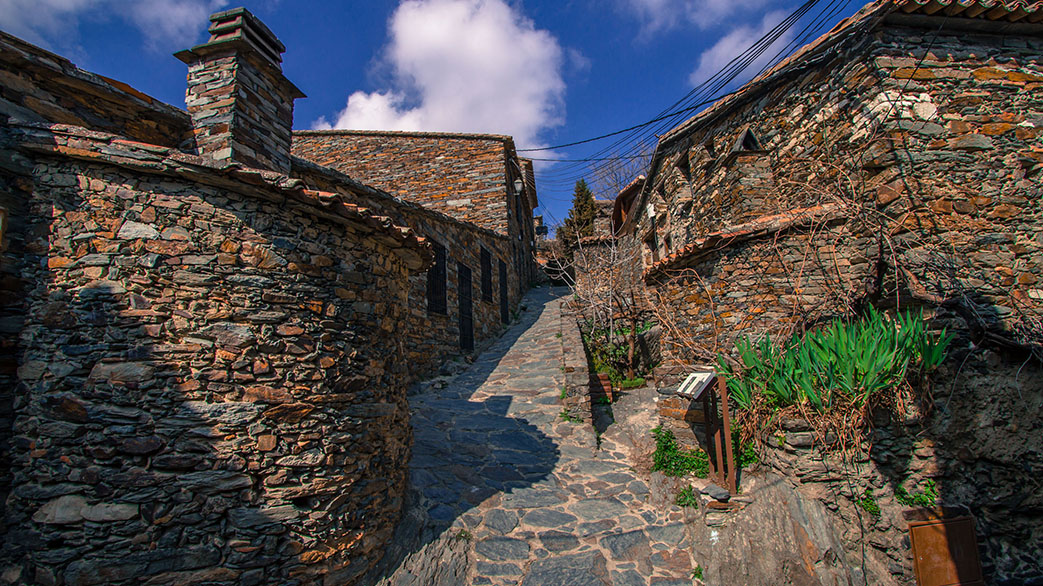
A route to see a black town, the birthplace of Cardenal Cisneros and a town more typical of Castile.
We begin with Patones de Arriba, it hardly deserves an introduction as it is considered by many as the most beautiful village in the Community of Madrid. Hidden village in the mountains, where at some point there was even a king, the King of Patones, something similar to a mayor with more powers, such as justice and administration. Sadly, this village was abandoned with the relocation of its neighbors to what would become Patones de Abajo, much more accessible and better connected. Currently it is a beautiful village dedicated almost exclusively to provide services to tourists who come from Madrid every weekend.
Returning to Madrid we crossed Torrelaguna, a town in Madrid declared a Historic-Artistic Site. With a great history, from its Iberian origin to see the birth of Cardenar Cisneros, in Torrelaguna we can visit its Plaza Mayor, where its most important monuments are located; the City Hall, from the sixteenth century, and the Cathedral Church of La Magdalena.
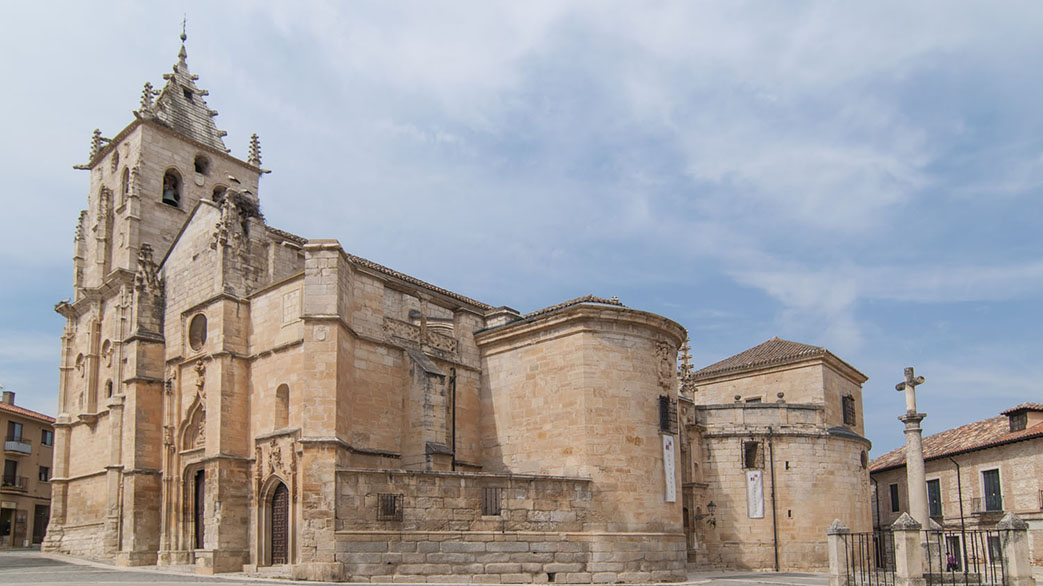
If we still have some of the day and energy left over, you can visit Talamanca del Jarama, 10 minutes from Torrelaguna. Surrounding the historic center is preserved much of the wall of Visigothic origin. Among its most interesting monuments is the Apse of Miracles, or Morabito, the only existing remains of a Romanesque-Mudejar church of the thirteenth century. La Bodega del Arrabal, dug into the hillside, or La Cartuja, a 17th century warehouse, are other buildings to visit in the town.
4. ALCALÁ DE HENARES, NUEVO BAZTÁN AND OLMEDA DE LAS FUENTES
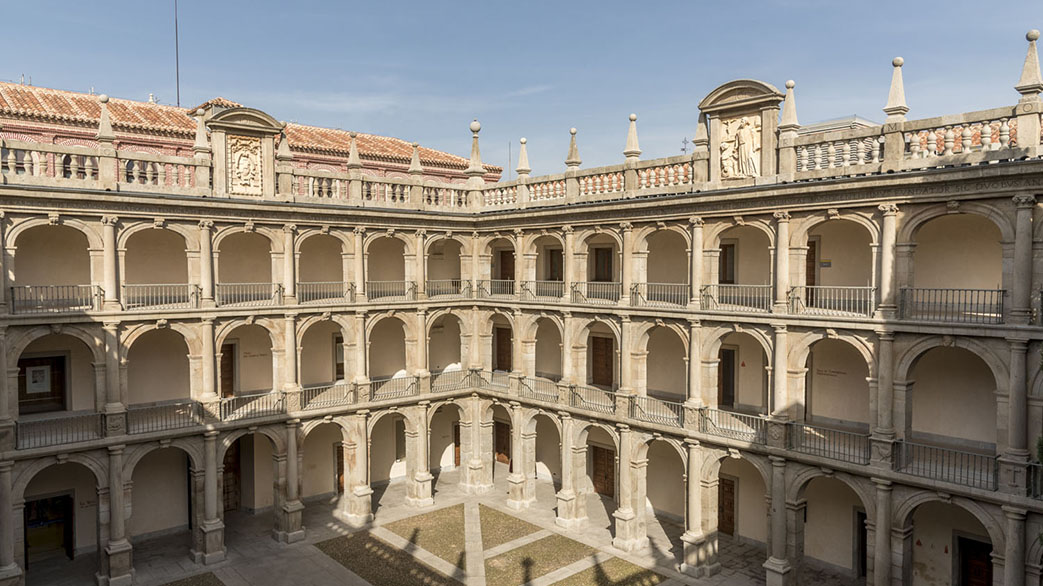
Here we propose two options; half day, visiting only Alcalá de Henares, or full day, also visiting Nuevo Baztán.
We head to the town of Nuevo Baztán, less than 45 minutes from Madrid. It is a village founded by Juan de Goyeneche, as a small industrial center. It maintains the original orthogonal urbanism, which is generated through its main axis, and the Palace, Church and most important factory buildings as the main core. All of them are preserved in good condition and can be visited.
As a curiosity, next to Nuevo Baztan is Eurovillas, one of the largest housing developments in Europe, which at the time was a retirement town for Americans.
Olmeda de las Fuentes, a village with an air of the south because of its white facades.
Only 4 km from Nuevo Baztán we have Olmeda de las Fuentes. A village with an air of the south for its white facades. An essential view is from its Plaza del Olmo, as well as the Route of the Painters, a tour of the homes of the painters who settled in this town in the 60s.
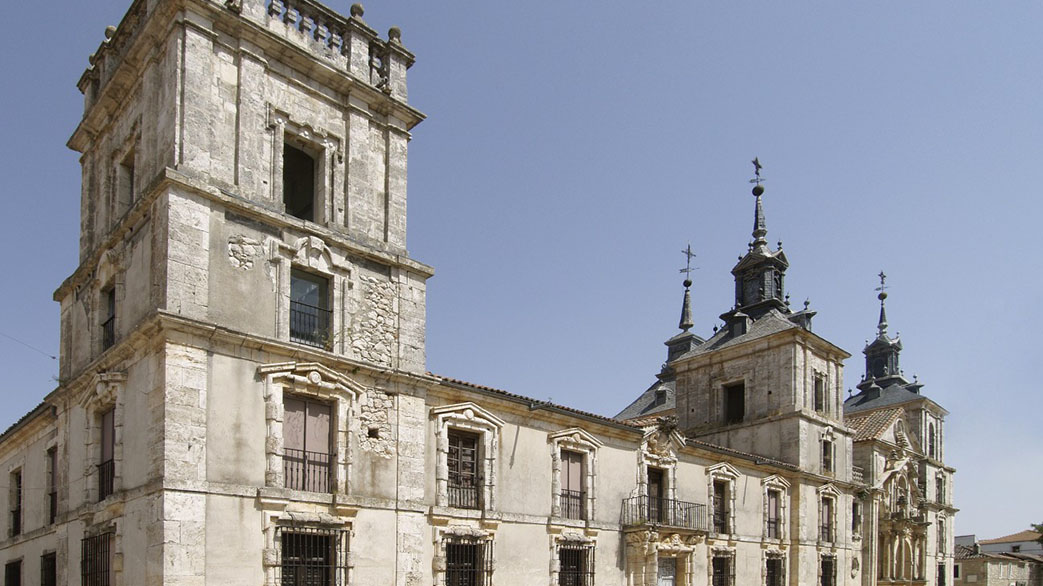
To end the day, either because you go directly from Madrid or continue on route, we head to Alcalá de Henares. The essential places, and that every Madrilenian has to know, are the University of Alcalá, founded in 1499 by Cardinal Cisneros, the birthplace of Cervantes, current Cervantes museum, the Magistral Cathedral, Archbishop’s Palace and Cervantes Square. In addition, we can also appreciate contemporary architecture, such as the Parador de Alcalá by Aranguren y Gallegos, as well as the Municipal Courts, by Primitivo González.
And we can not leave Alcalá without having walked the Calle Mayor having a drink in its many bars where you will be served with some splendid tapas.
5. CHINCHÓN AND COLMENAR DE OREJA
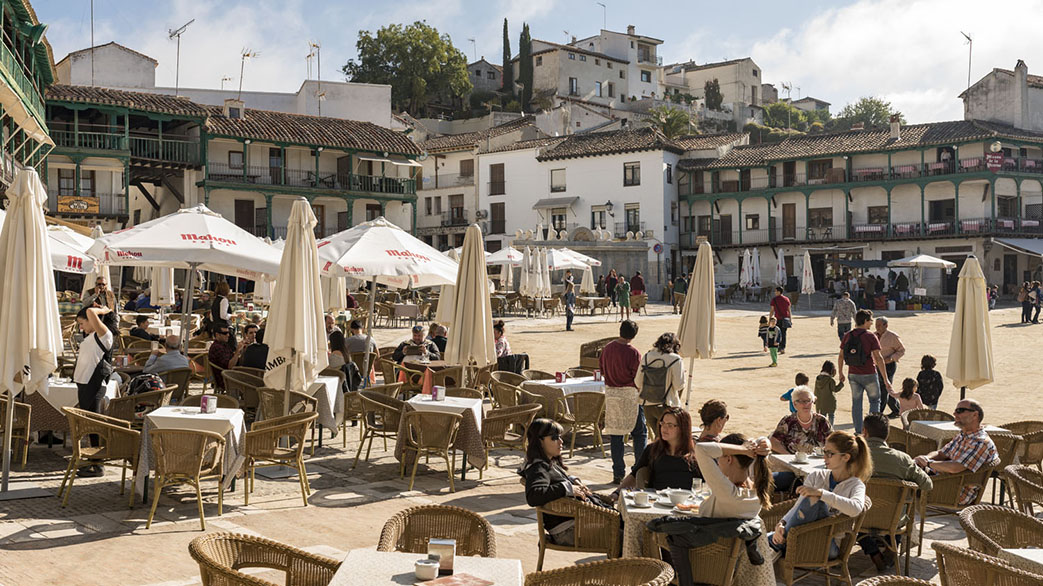
Leaving Madrid on the A3 highway we head to one of the most traditional getaways, Chinchón. A perfect Sunday plan is to enjoy this wonderful town, where the most characteristic is its Plaza Mayor. The characteristic balconies make up this great circular void in the town. In it the different festivals, fairs and events of the municipality are celebrated, where its use as a bullring stands out.
In addition to its Plaza Mayor highlights the Clock Tower, which is reached after crossing one of the most beautiful arches of the square.
In addition to its Plaza Mayor highlights the Clock Tower, which is reached after crossing one of the most beautiful arches of the square. This tower is the only thing that remains of the old Church of Nuestra Señora de Gracia. Next to it is the Lope de Vega Theater, from 1891.
A 10 minute walk to the outskirts of town, you can not miss the Castle of Chinchón, built on the remains of the original, which was destroyed in 1520. Moreover, from it you can enjoy magnificent views of the whole town.
After having discovered all the charms of the town, we suggest you return to the Plaza Mayor, and sit on one of its many terraces to have an aperitif. And then, to continue experiencing a very traditional experience, you can eat in one of the restaurants that have tables on the balconies of the square.
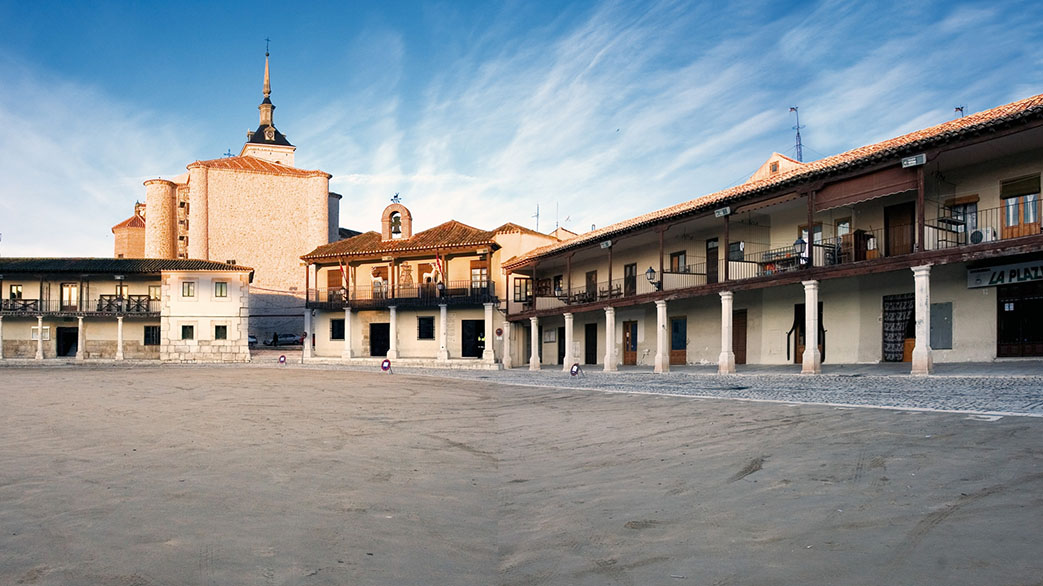
If we still have energy after the feast, just 10 minutes drive from Chinchón is Colmenar de Oreja. Its most important monument is the Church of Santa María la Mayor de Colmenar, whose origin dates back to the thirteenth century and was transformed throughout history. Below the square is the Zacatín tunnel, which leads to the fountain of the same name. Finally, we cannot leave Colmenar without visiting the museum of Ulpiano Checa.
Continue to discover the following getaways, don’t miss the next 5 destinations post.
